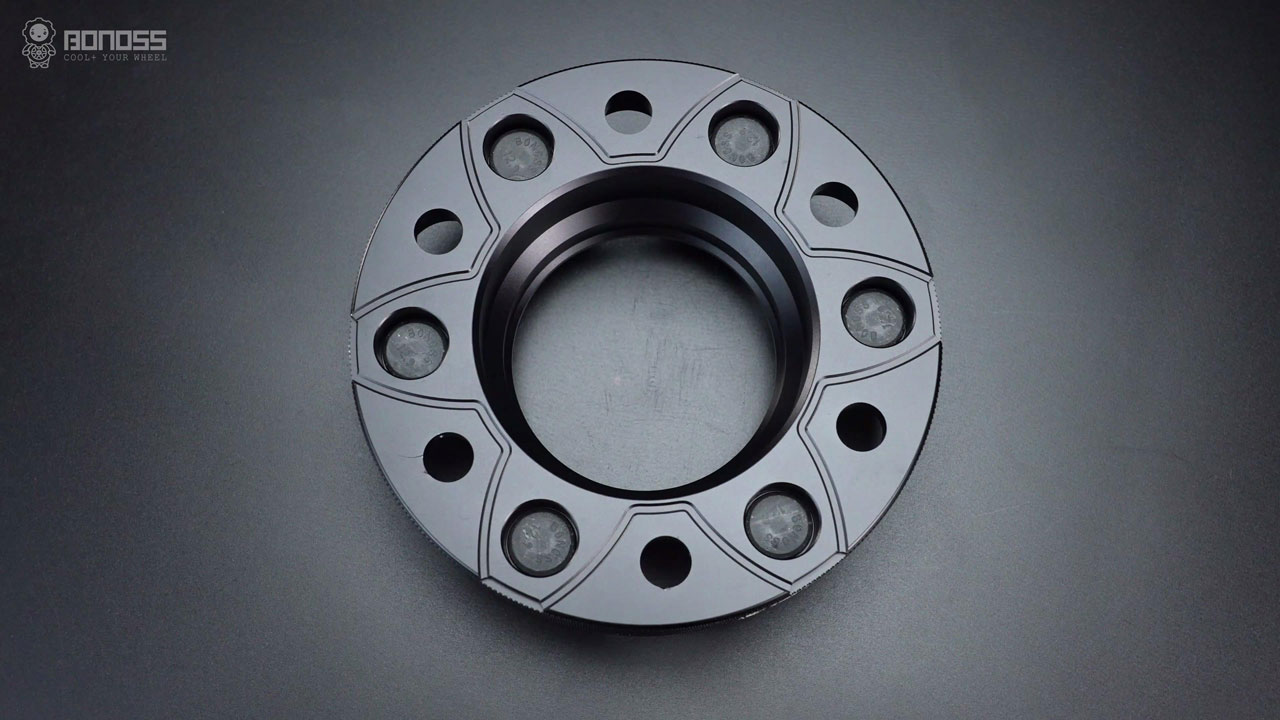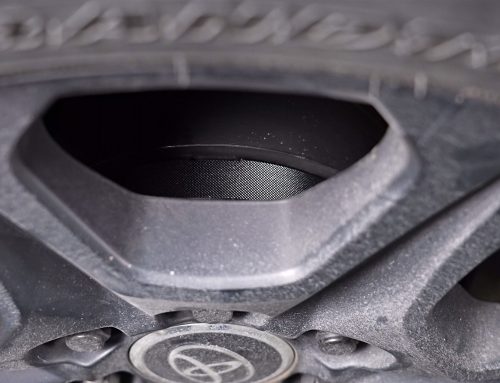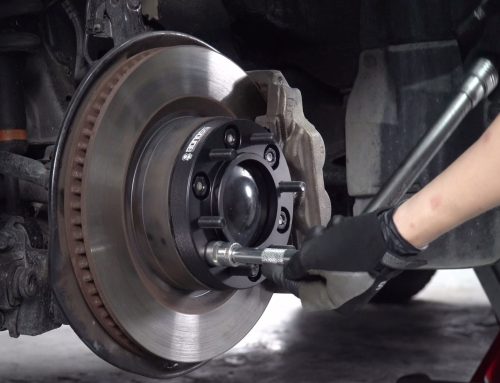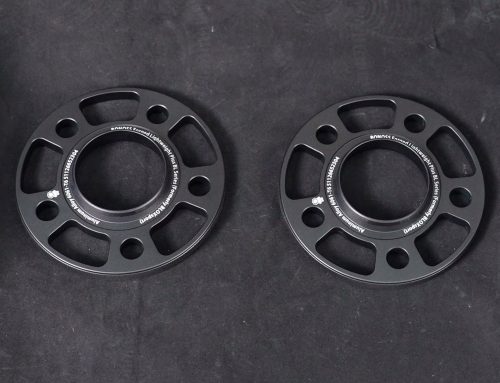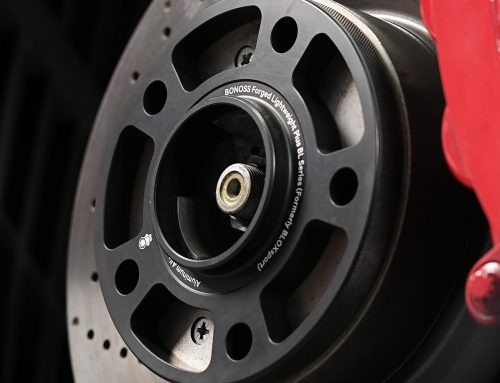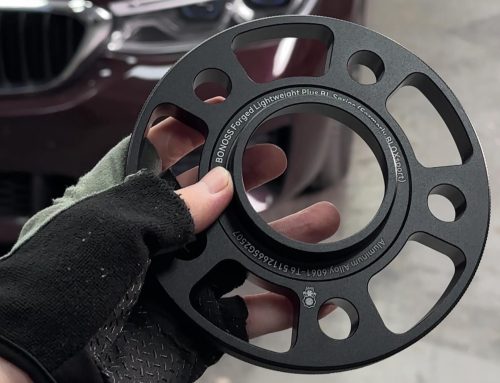If you own a 2016 Ford F-150 pickup truck, you may be considering installing wheel spacers to give your truck a wider, more aggressive stance. Wheel spacers can provide a quick and easy way to push your wheels out further without having to buy new wheels with higher offsets. However, there are some potential downsides to using wheel spacers that you should be aware of before making any modifications. In this article, we’ll go over the pros and cons of using wheel spacers on a 2016 F-150 so you can make an informed decision.
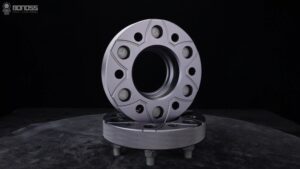
What are wheel spacers and why install them?
Wheel spacers are circular metal adapters that bolt between your wheel and hub. They provide extra space between the wheel and the hub, effectively increasing the offset and pushing the wheels outward. There are a few reasons why F-150 owners choose to install spacers:
Wider stance – Pushing the wheels out further gives your truck a wider, more muscular look. This can be especially desirable on lifted trucks.
Prevent scrubbing – If you have installed larger tires without adjusting the offset, wheel spacers can help prevent the tires from rubbing against the wheel wells.
Improve handling – A wider track width improves stability and handling.
Allow larger brakes – Spacers create clearance for bigger brake rotors.
Potential negatives of 2016 F150 wheel spacers
While wheel spacers offer some benefits, you ought to consider issues of vibration and noise.
The extra space created by wheel spacers can sometimes allow wheels to move slightly even when tightened down. This movement can lead to vibration, clunking noises over bumps, and uneven tire wear. Good quality hub-centric spacers that center the wheel precisely can help minimize this issue.
Are 2 inch spacers too much for a 2016 F-150?
Most manufacturers recommend keeping wheel spacer width to 1.5 inches or less on half-ton trucks like the F-150. Once you go beyond that, you start to see more potential for the negatives above. A 2 inch spacer width is pushing the recommendation and could put added strain on components.
If going with a 2 inch spacer, it’s smart to check a few things first:
Inspect ball joints and tie rods to ensure they are in good condition
Verify you have adequate brake caliper clearance
Use high-strength spacer hardware and check torque settings frequently
Closely monitor for any signs of vibration or uneven wear
Going beyond 2 inches is not advisable without consulting with a qualified mechanic. The general consensus is that 1-1.5 inch spacers are safer for everyday driving on a half-ton pickup.
Which brand 2016 F150 wheel spacers are best?
If you decide to install wheel spacers on your 2016 F-150 after weighing the pros and cons, choosing a quality brand is important. BONOSS manufactures wheel spacers specifically engineered for Ford trucks:
Made from strong 6061T6 or 7075T6 aluminum alloy
Hub-centric design to eliminate vibration
Maintains precise wheel alignment
Matches the OEM Ford bolt pattern
Rigorous quality control and testing
Global pioneer active cooling technique
Customer reviews consistently praise BONOSS wheel spacers for their durability, fitment and lack of vibration compared to other brands. Their spacers are designed to work seamlessly with Ford suspension and steering systems.
While there are some potential drawbacks, moderate use of wheel spacers is generally considered safe if you choose high-quality parts and take proper installation precautions. For Ford trucks like the 2016 F-150, BONOSS wheel spacers can provide an inexpensive way to create a wider, more aggressive stance when used responsibly.

